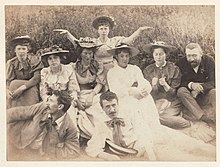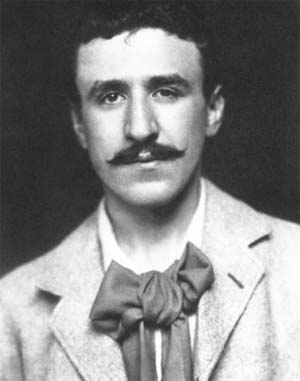
Charles Rennie Mackintosh was a Scottish architect, designer, water colourist and artist. His artistic approach had much in common with European Symbolism. His work, alongside that of his wife Margaret Macdonald, was influential on European design movements such as Art Nouveau and Secessionism and praised by great modernists such as Josef Hoffmann. Mackintosh was born in Glasgow, Scotland and died in London, England. He is among the most important figures of Modern Style.

Margaret Macdonald Mackintosh was an English-born artist who worked in Scotland, and whose design work became one of the defining features of the Glasgow Style during the 1890s to 1900s.
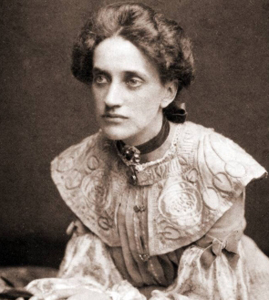
Ann Macbeth was a British embroiderer, designer, teacher and author. She was a member of the Glasgow Movement where she was an associate of Margaret MacDonald and Charles Rennie Mackintosh, and many other 'Glasgow Girls'. She was also an active suffragette and designed banners for suffragists and suffragettes movements.

The Hunterian is a complex of museums located in and operated by the University of Glasgow in Glasgow, Scotland. It is the oldest museum in Scotland. It covers the Hunterian Museum, the Hunterian Art Gallery, the Mackintosh House, the Zoology Museum and the Anatomy Museum, which are all located in various buildings on the main campus of the university in the west end of Glasgow.
The Glasgow School was a circle of influential artists and designers that began to coalesce in Glasgow, Scotland in the 1870s, and flourished from the 1890s to around 1910. Representative groups included The Four, the Glasgow Girls and the Glasgow Boys. Part of the international Art Nouveau movement, they were responsible for creating the distinctive Glasgow Style.
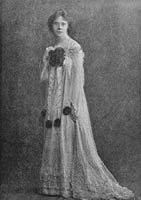
Frances MacDonald MacNair was a Scottish artist whose design work was a prominent feature of the Modern Style during the 1890s.
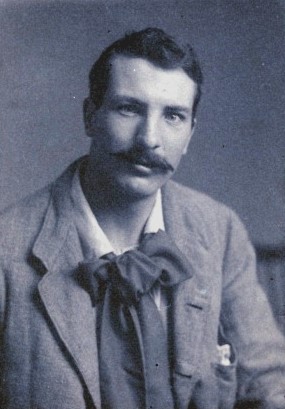
James Herbert McNair, was a Scottish artist, designer and teacher whose work contributed to the development of the Modern Style during the 1890s.

The Willow Tearooms are tearooms at 217 Sauchiehall Street, Glasgow, Scotland, designed by internationally renowned architect Charles Rennie Mackintosh, which opened for business in October 1903. They quickly gained enormous popularity, and are the most famous of the many Glasgow tearooms that opened in the late 19th and early 20th century. The building was fully restored, largely to Mackintosh's original designs, between 2014 and 2018. It was re-opened as working tearooms in July 2018 and trades under the name "Mackintosh at The Willow". This follows a trademark dispute with the former operator of The Willow Tearooms which was resolved in 2017. That name is now used at tearoom premises in Buchanan Street and was additionally used at the Watt Brothers Department Store in Sauchiehall Street, Glasgow between 2016 and its closure in 2019.

Queen Margaret College was a women-only higher education institution based in North Park House in Kelvinside, Glasgow, Scotland.

The Glasgow Society of Lady Artists was founded in 1882 by eight female students of the Glasgow School of Art with the aim of affording due recognition to women in the field of art. It has been described by Jude Burkhauser as "the first residential club in Scotland run by and for women". In the early days of the club, they met at 136 Wellington Street, Glasgow.
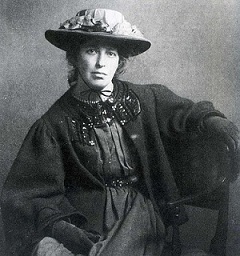
Jessie Newbery was a Scottish artist and embroiderer. She was one of the artists known as the Glasgow Girls. Newbery also created the Department of Embroidery at the Glasgow School of Art where she was able to establish needlework as a form of unique artistic design. She married the director of the Glasgow School of Art, Francis Newbery, in 1889.

Katharine Cameron RWS RE was a Scottish artist, watercolourist, and printmaker, best known for her paintings and etchings of flowers. She was associated with the group of artists known as the Glasgow Girls.

Glasgow Art Club is a club in Glasgow for artists and non-artists interested in the creation and enjoyment of art - all illustrative arts, sculptures, poetry, prose, plays, music, song, choreography and dance. To advance, promote and encourage the arts in all forms. Each year it has a range of exhibitions, events and concerts, open to the public for their enjoyment; and, subject to club events, a number of its rooms are available as venues for social occasions.
Mary Newbery Sturrock, née Mary Arbuckle Newbery was a Scottish artist who worked across various media. She is best known as an embroiderer and watercolour artist of flowers.

John Keppie was a Glasgow architect and artist. From an early age he was a close friend of Edward Atkinson Hornel and would often bring in New Year with him in Kirkcudbright. Within the architectural profession, he was closest to John Archibald Campbell, and is credited with training Charles Rennie Mackintosh.
Anne Strachan Robertson FSA FSAScot FRSE FMA FRNS was a Scottish archaeologist, numismatist and writer, who was Professor of Roman Archaeology at the University of Glasgow and Keeper of the Cultural Collections and of the Hunterian Coin Cabinet at the Hunterian Museum. She was recognised by her research regarding Roman Imperial coins and as "a living link with the pioneers of archaeological research".

Janet Macdonald Aitken CBE (1873–1941) was a Scottish portrait and landscape painter. She was described by Jude Burkhauser as "one of the leading women proponents of the Glasgow Style."

Agnes Middleton Raeburn (1872-1955) was a Scottish member of the informal group of artists known as "The Immortals".
Jessie Mary McGeehan (1872–1950) was a Scottish artist renowned for her painting and mosaic work, often depicting genre scenes, landscapes and figures.
